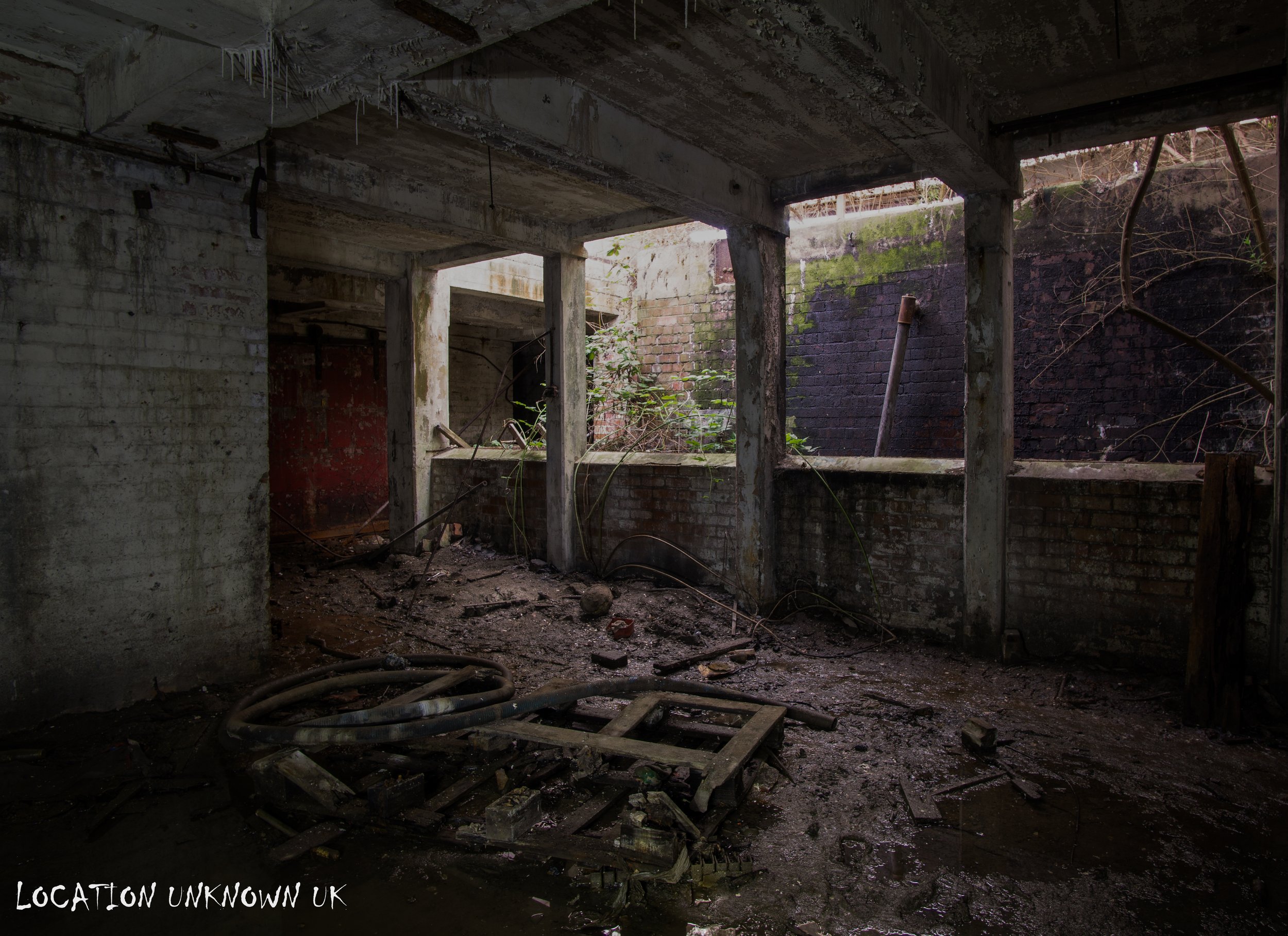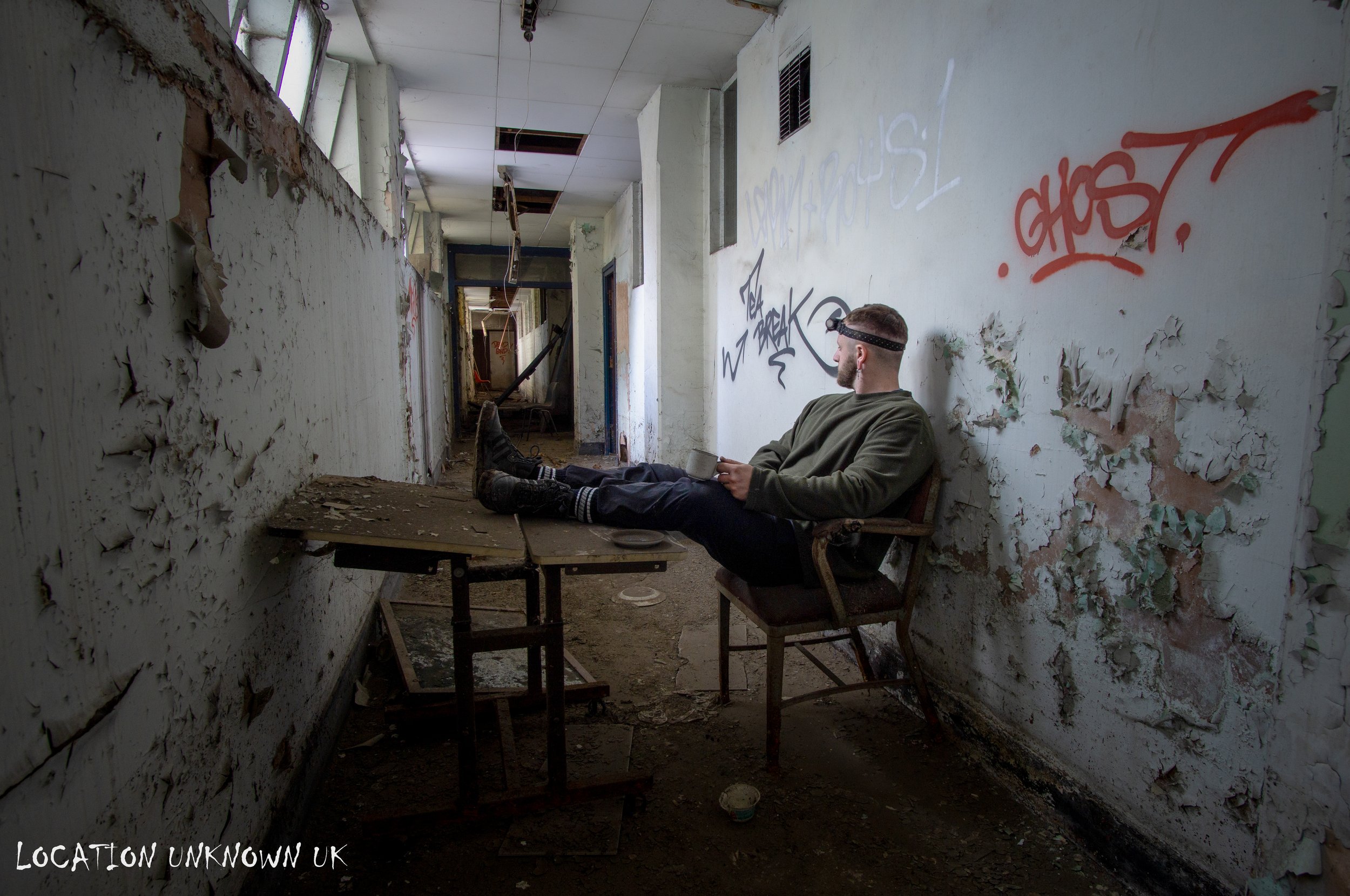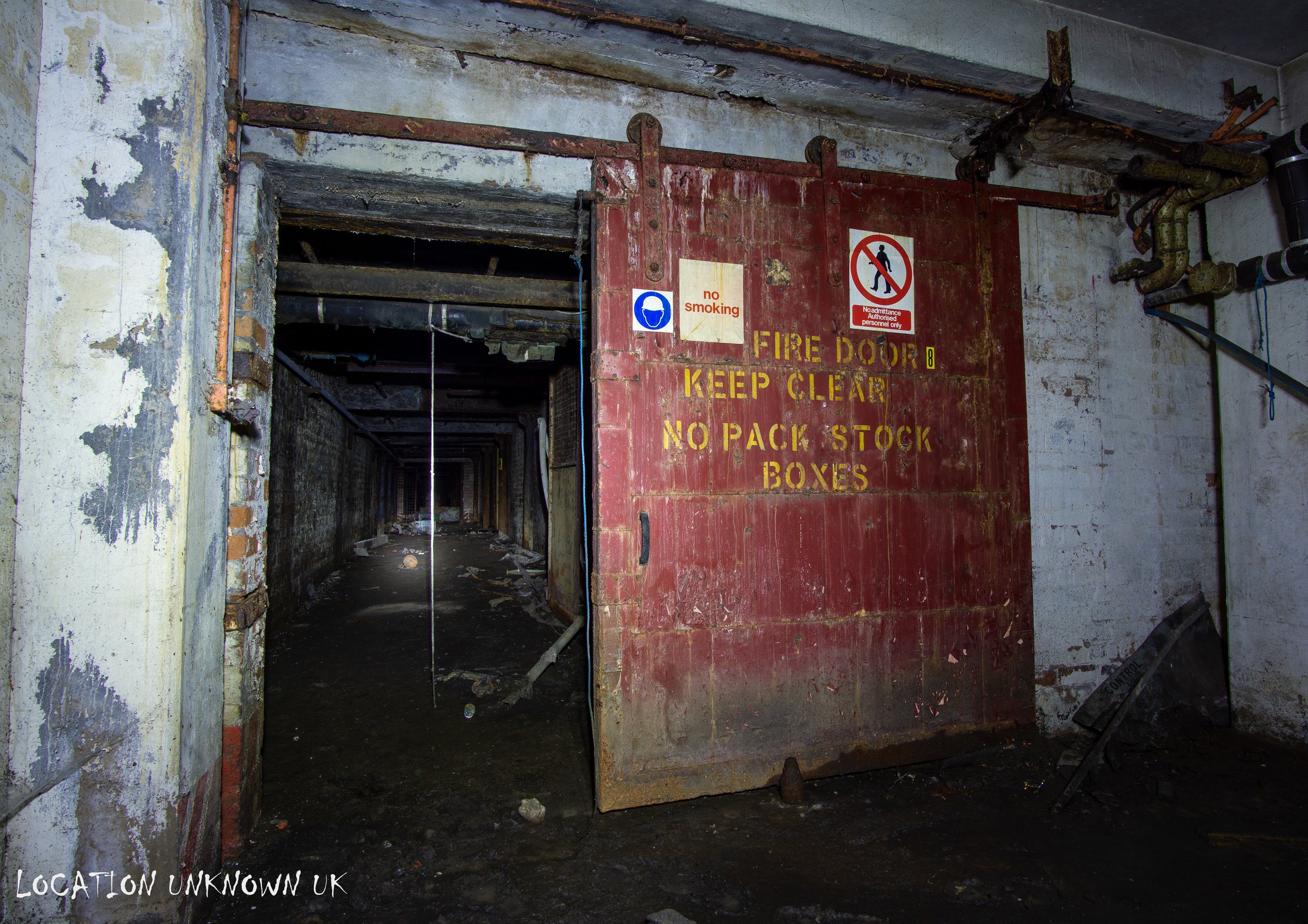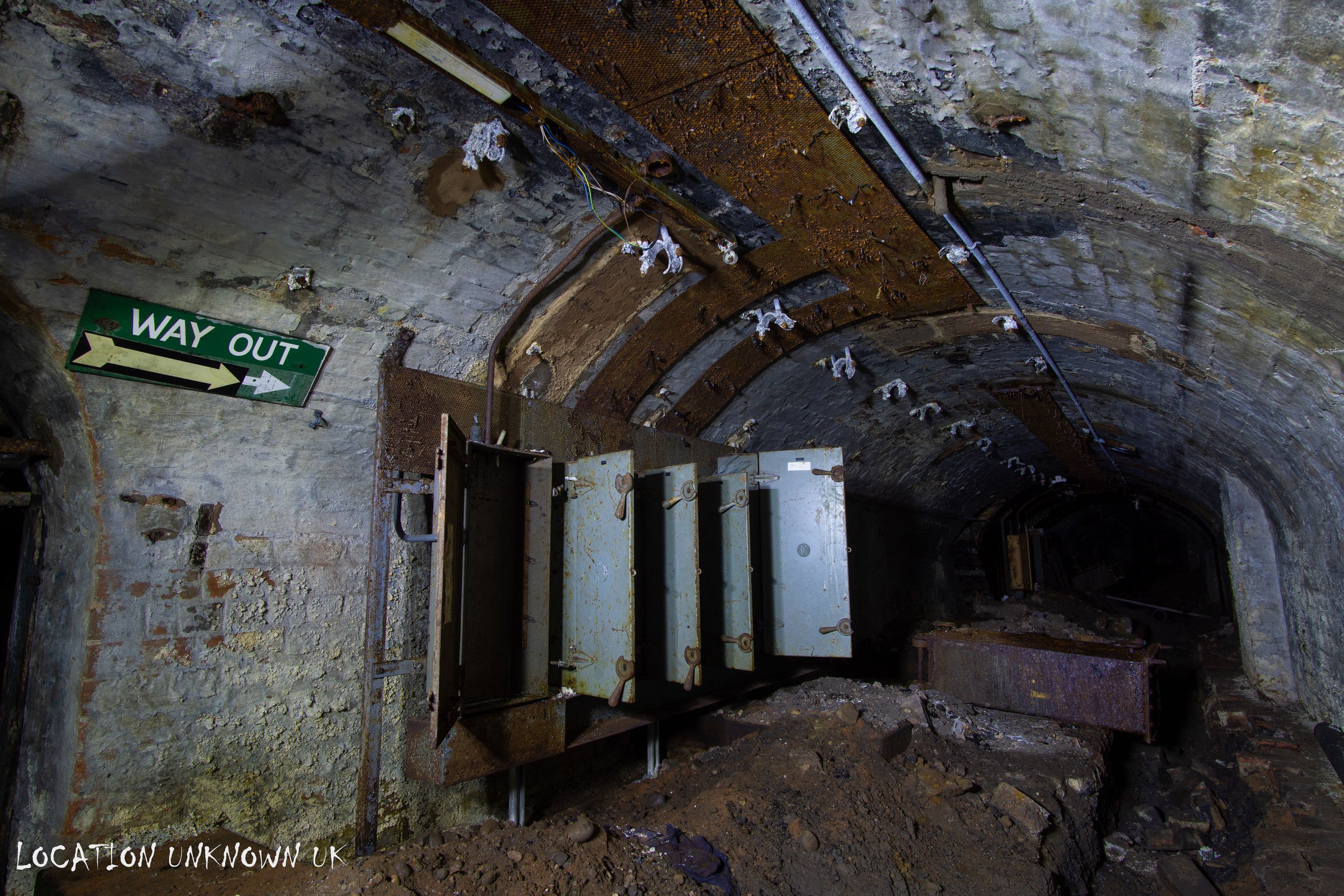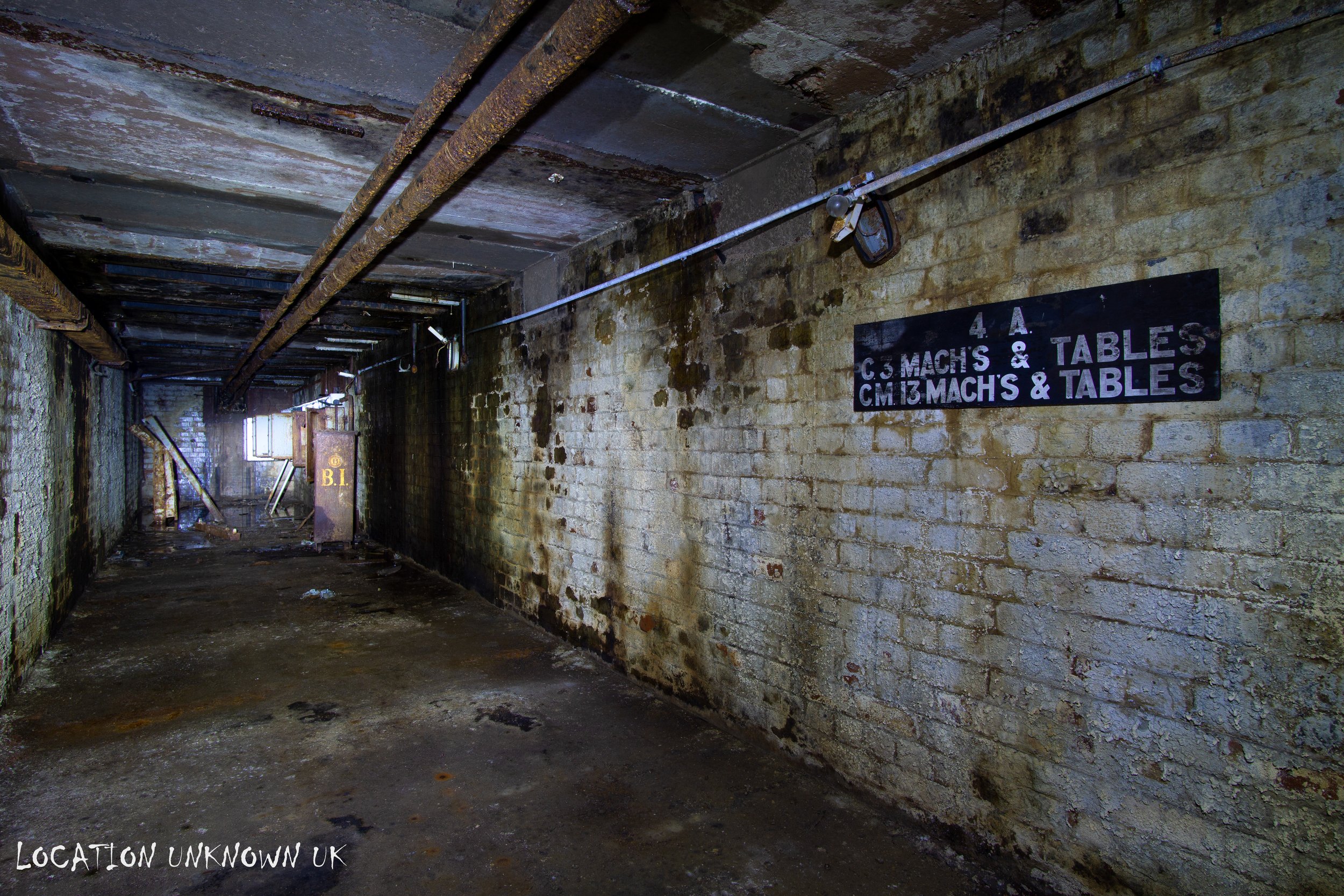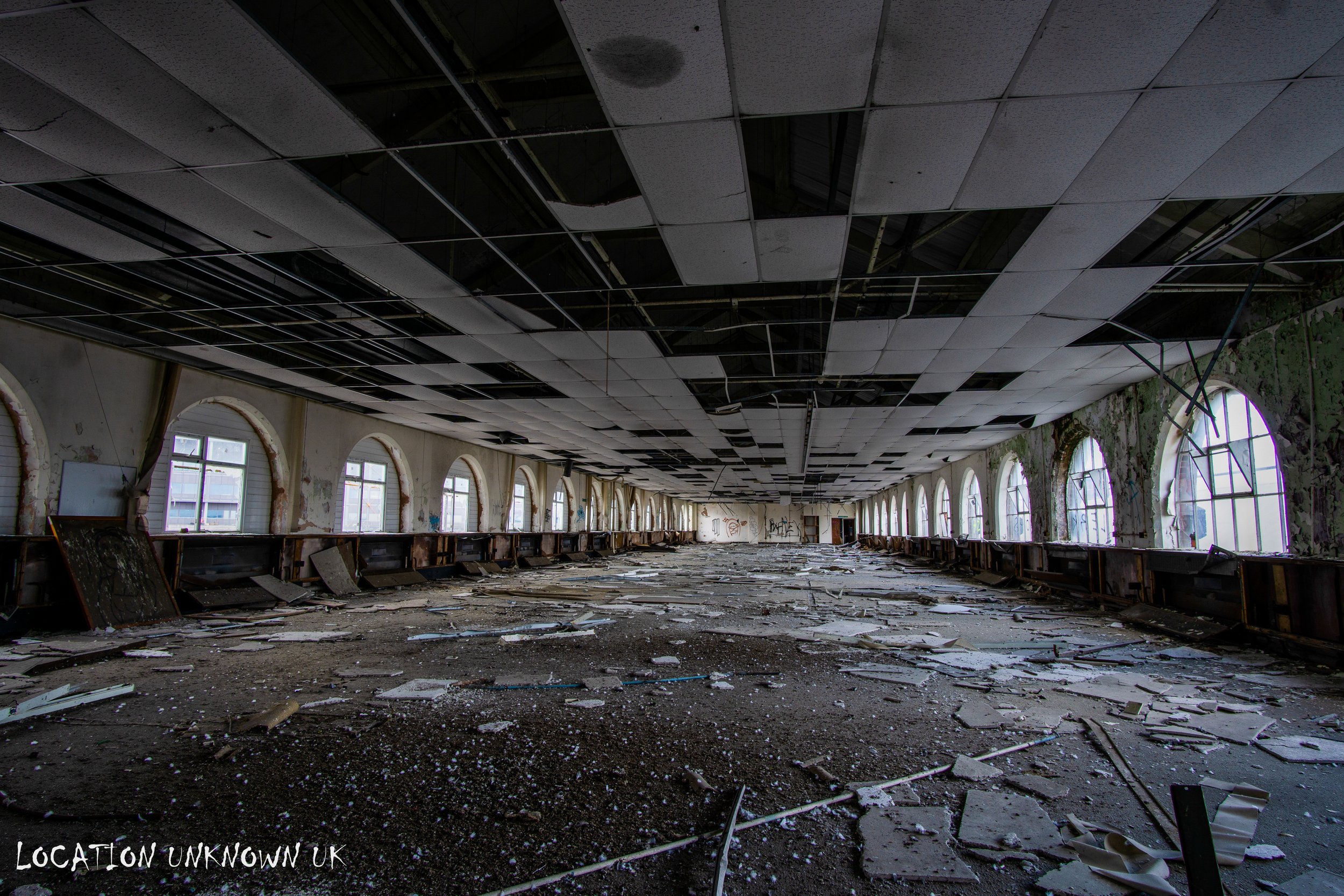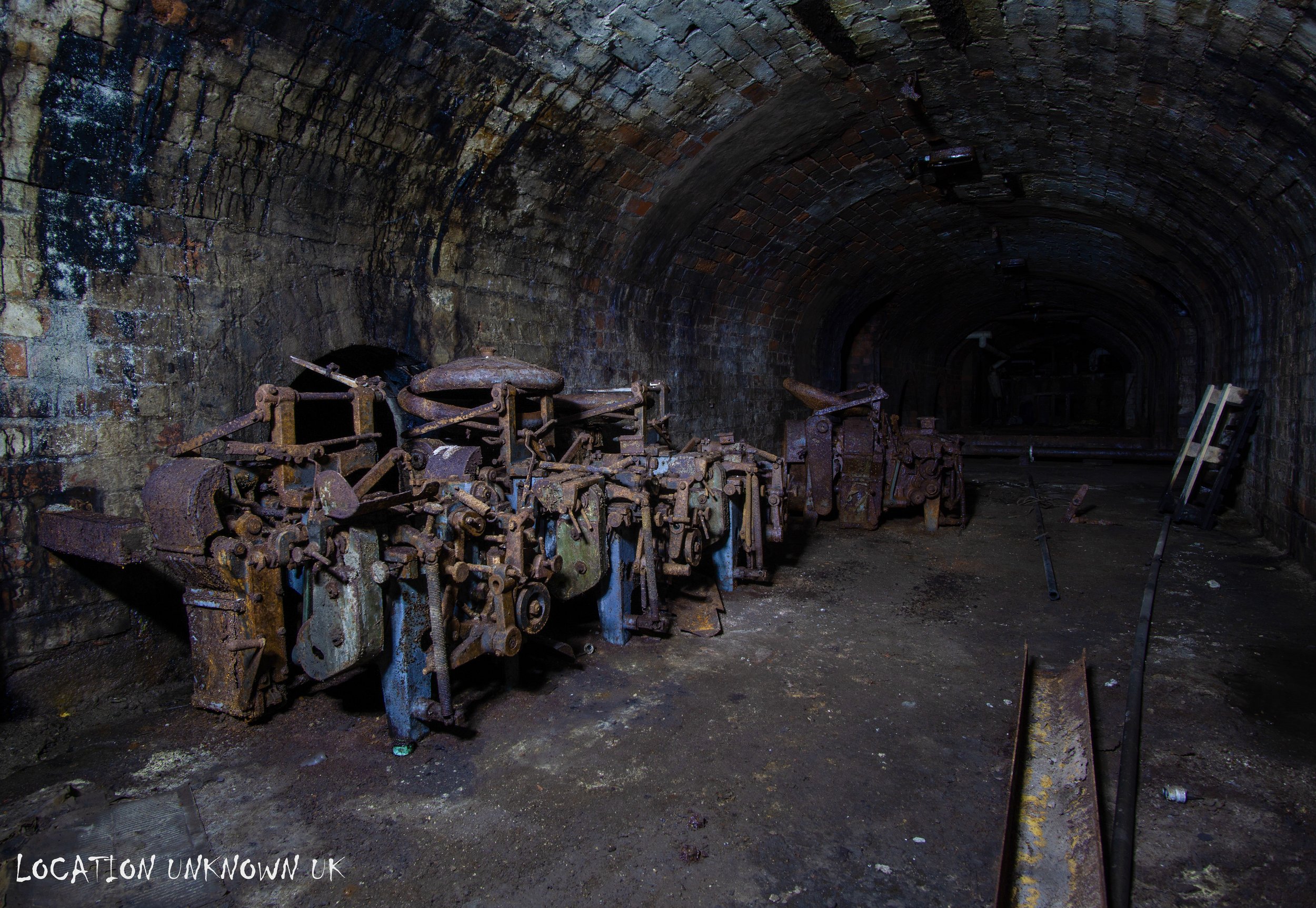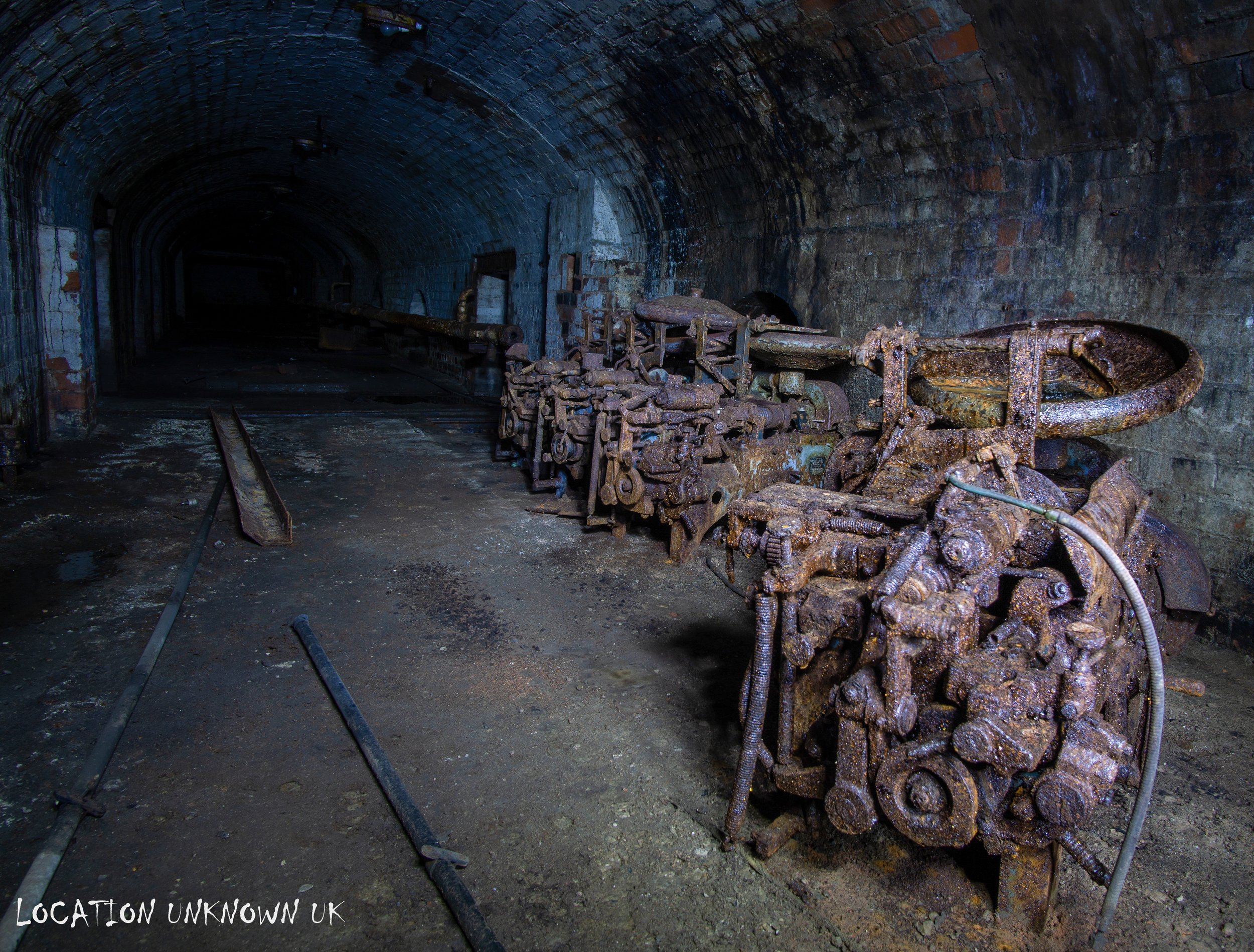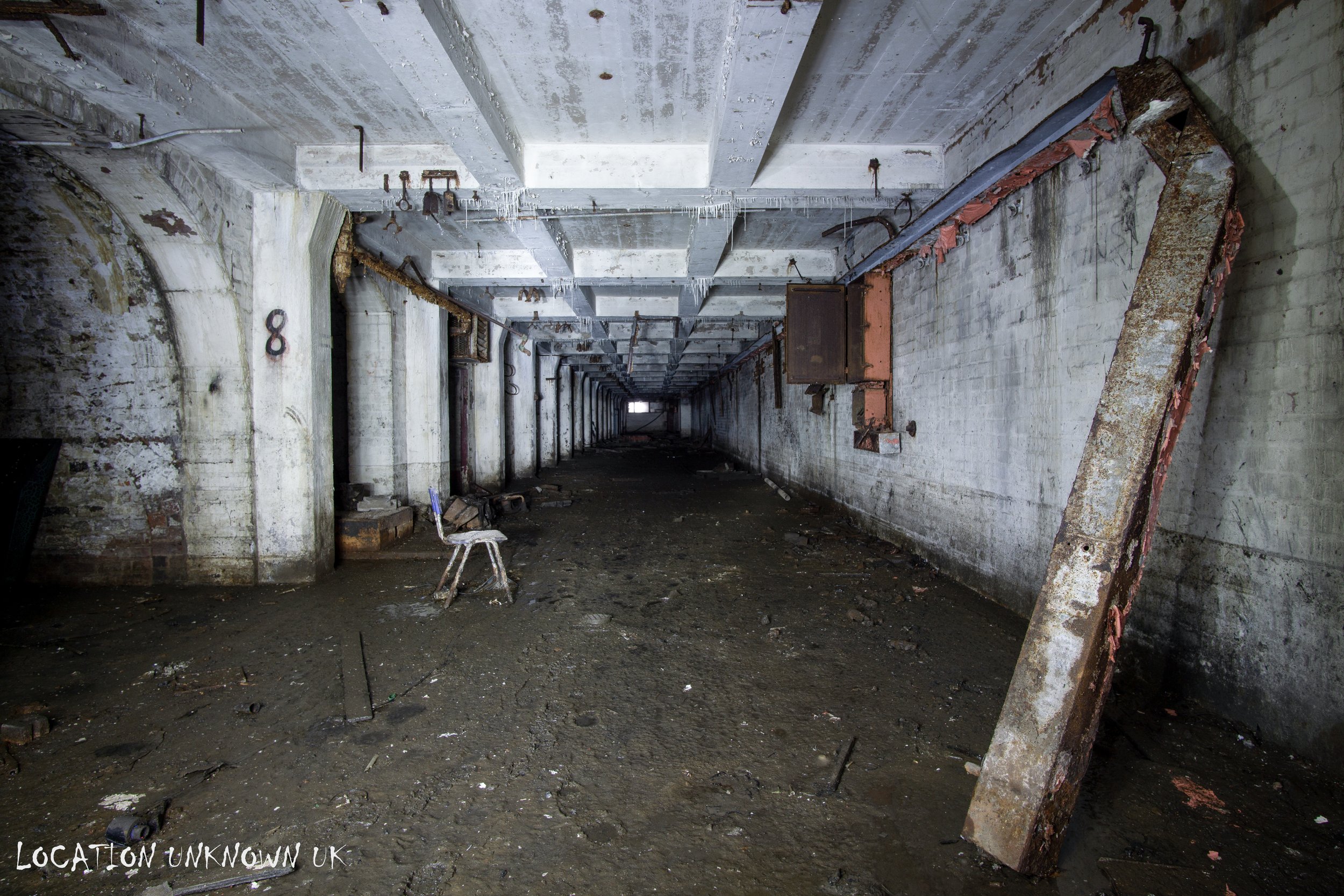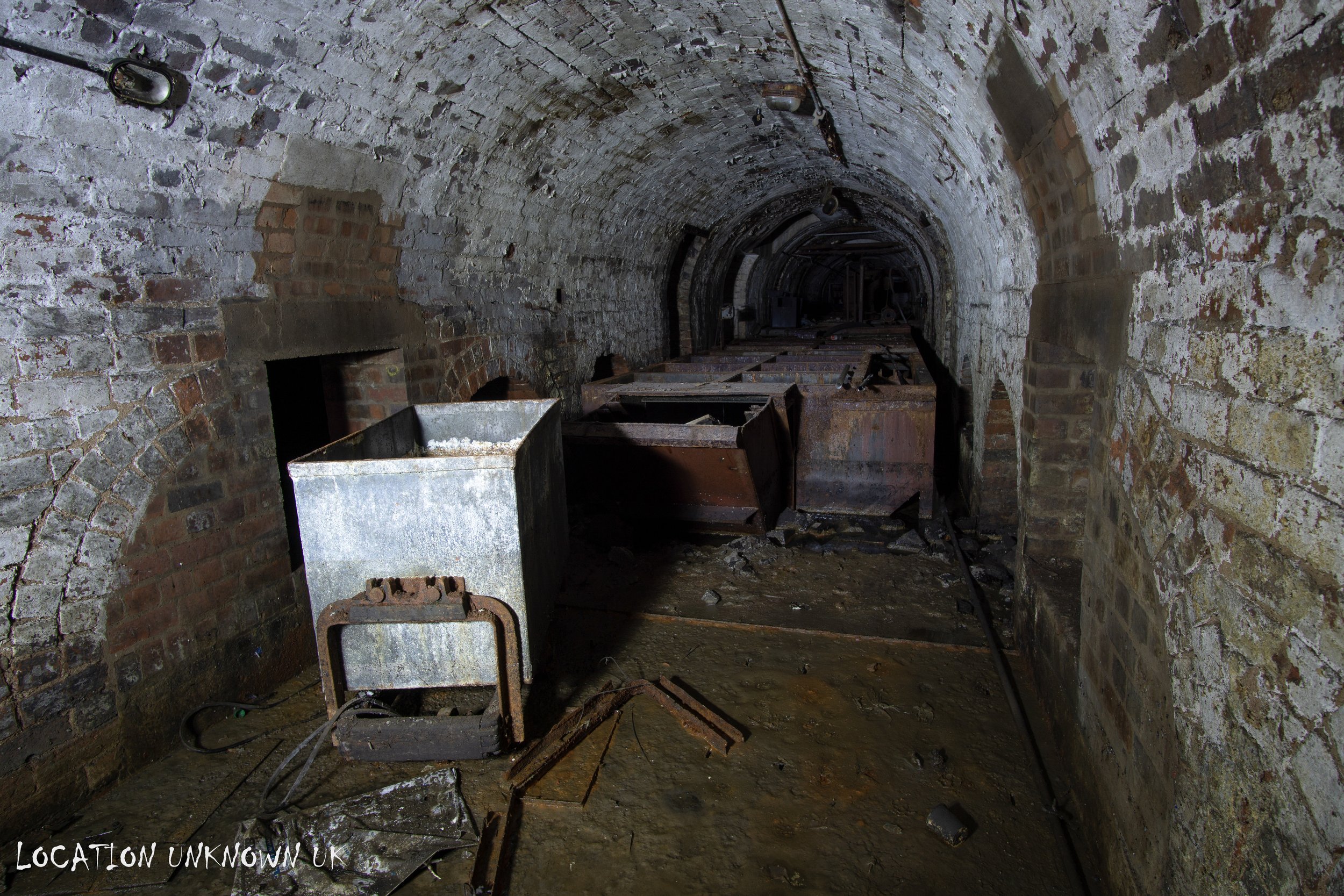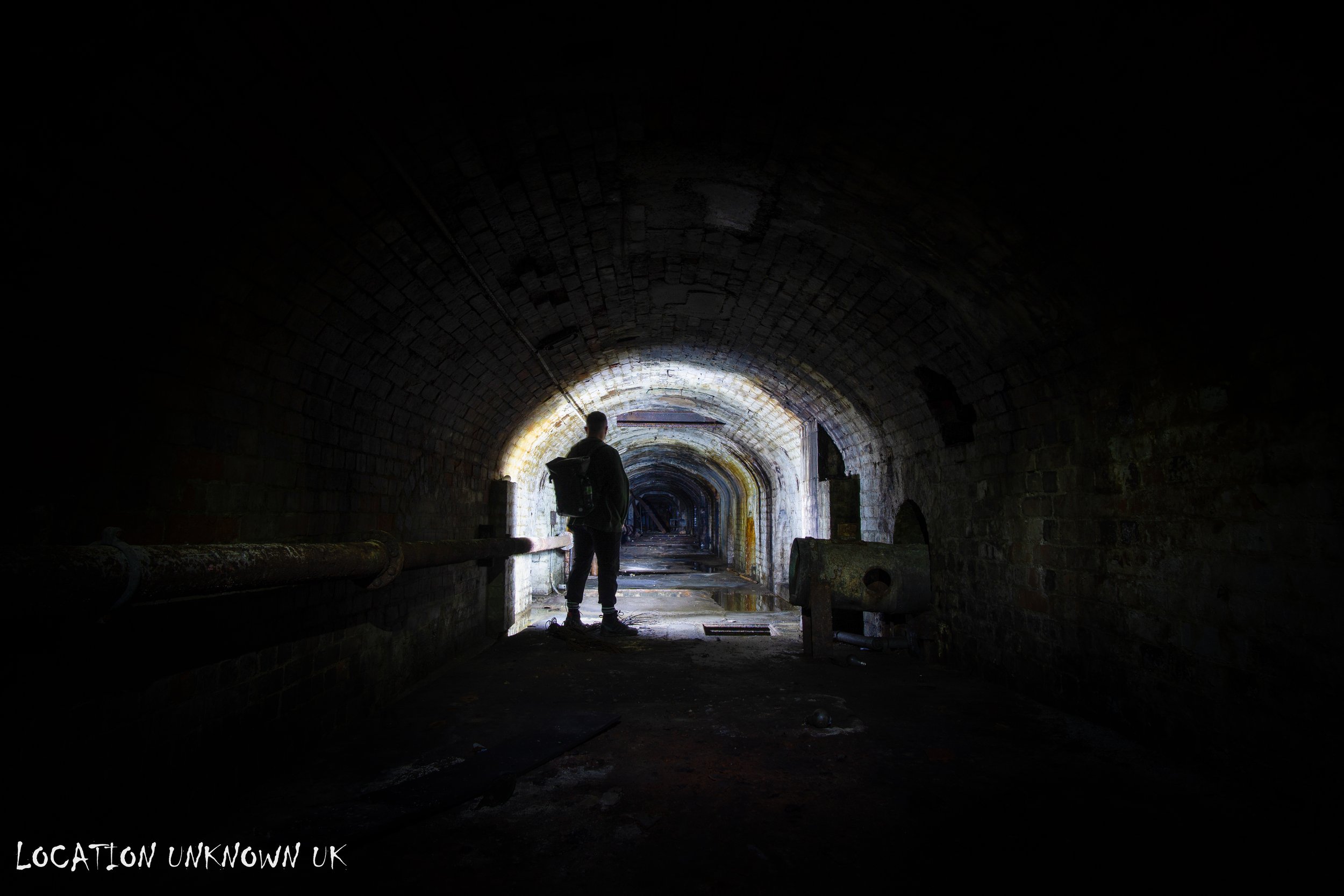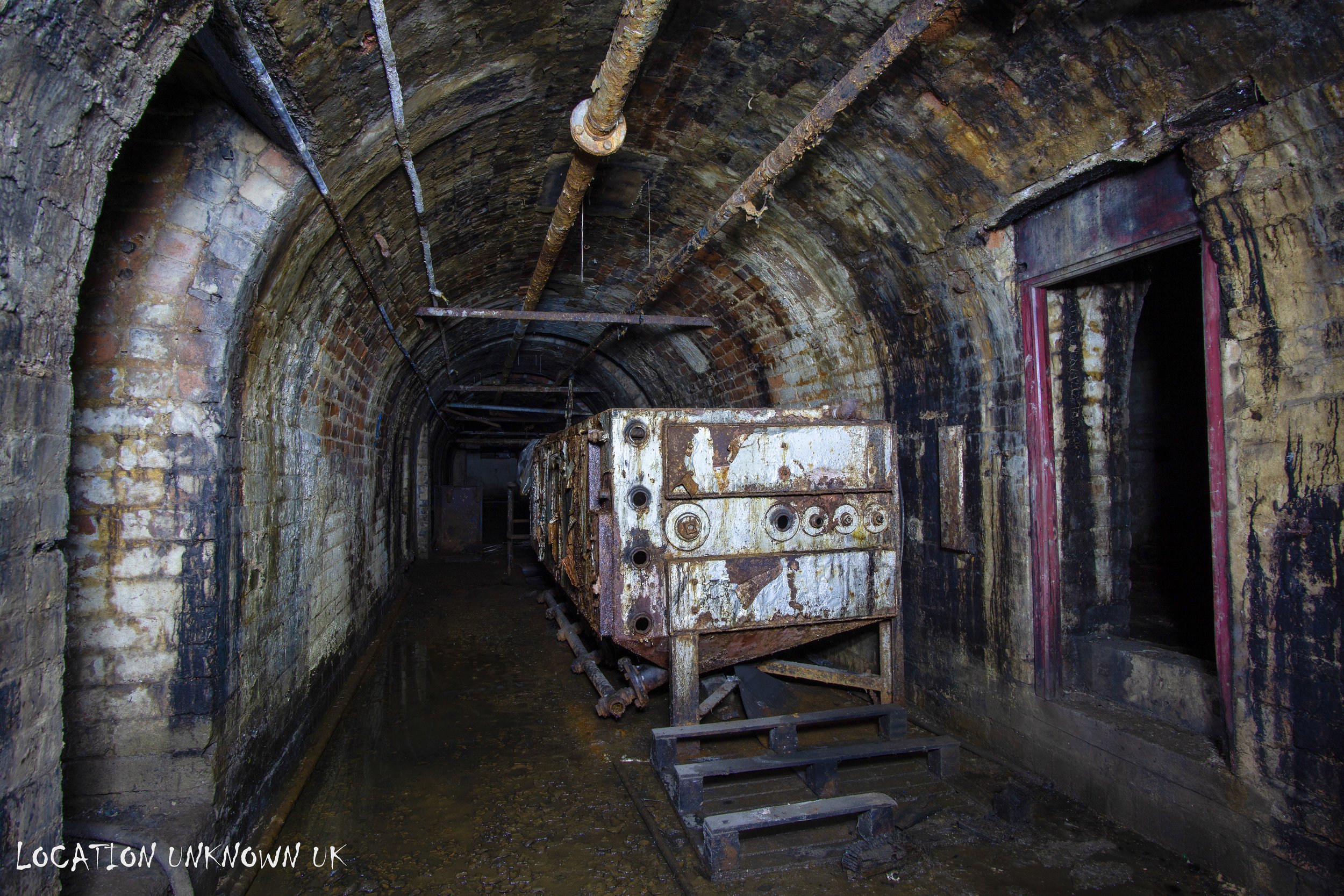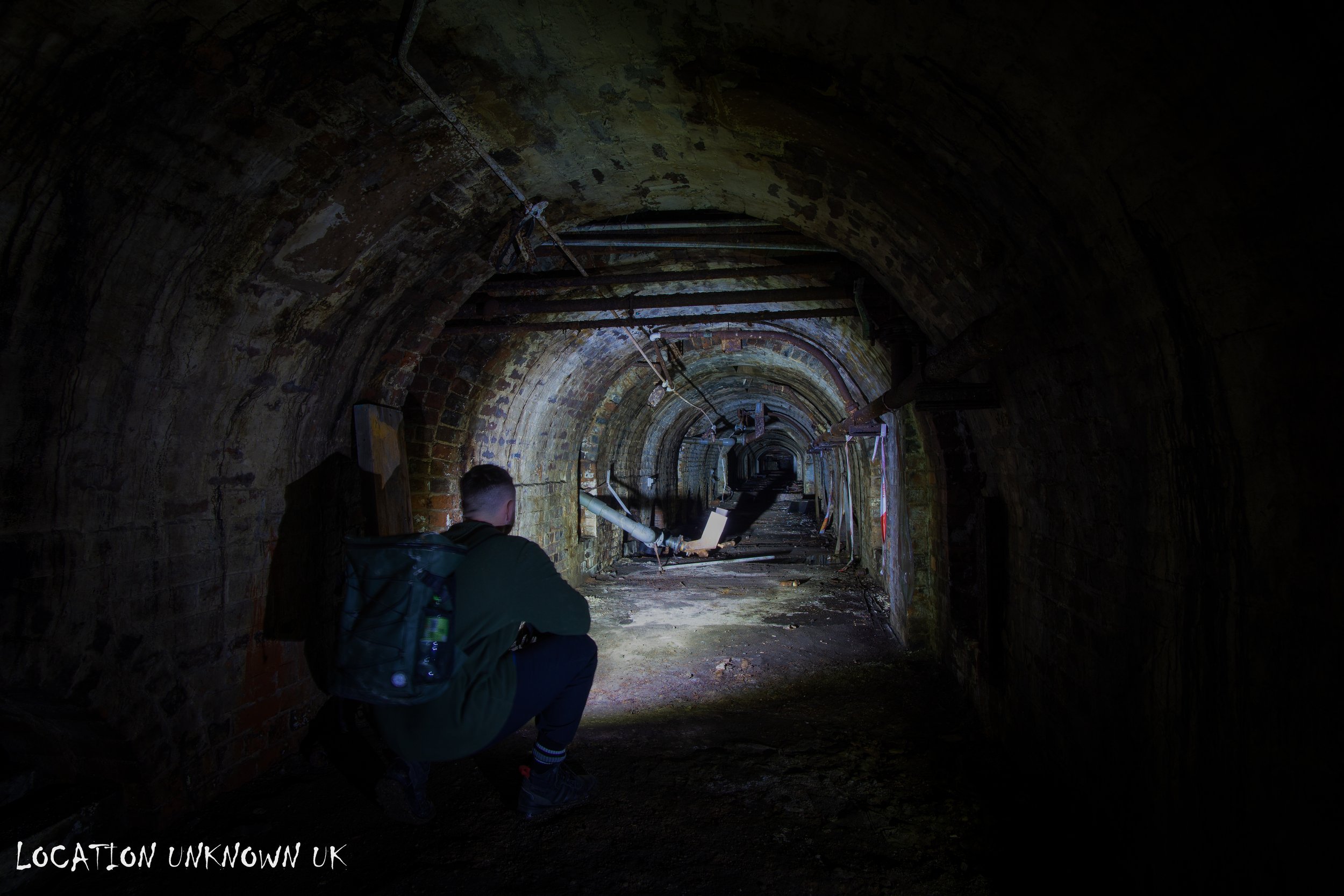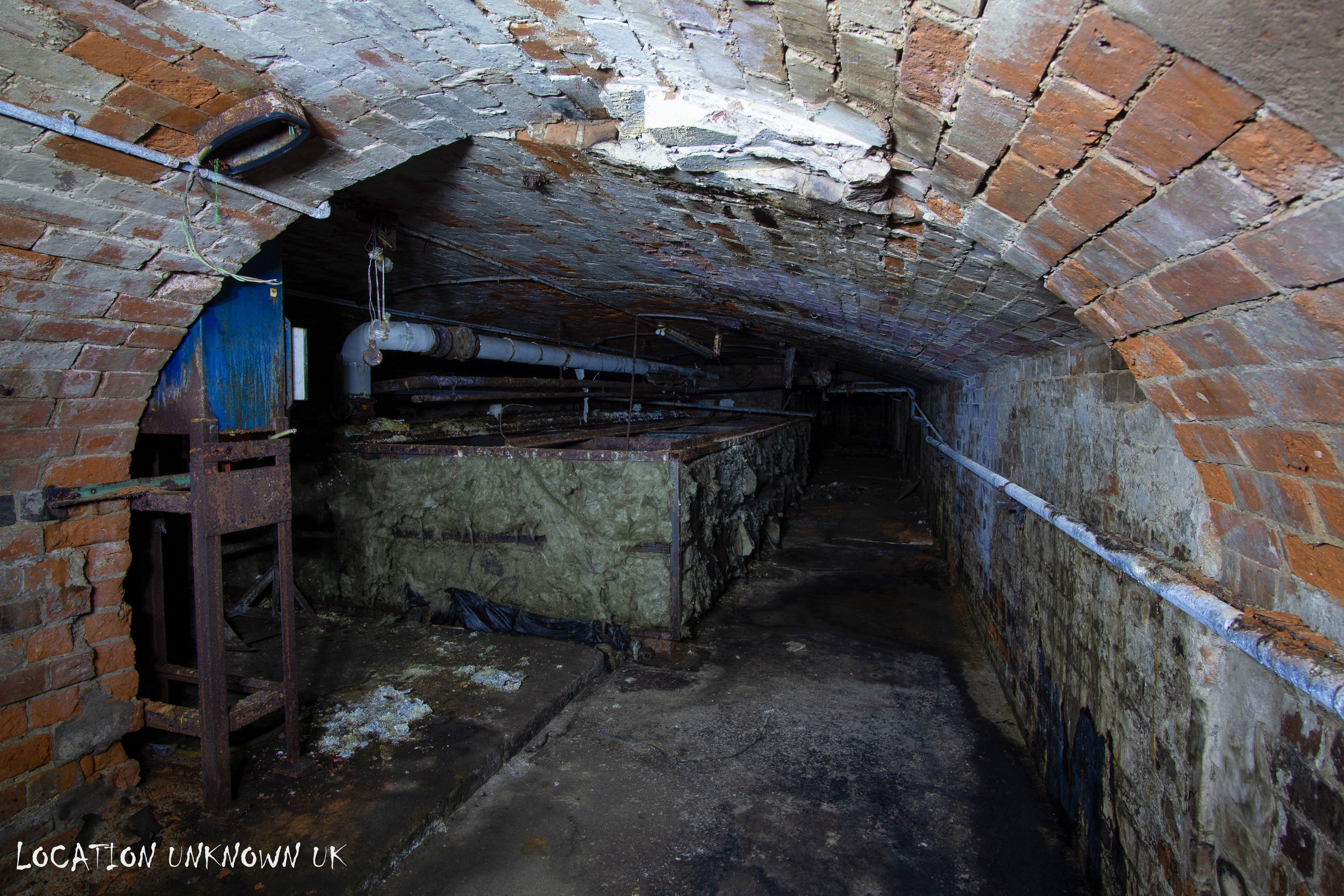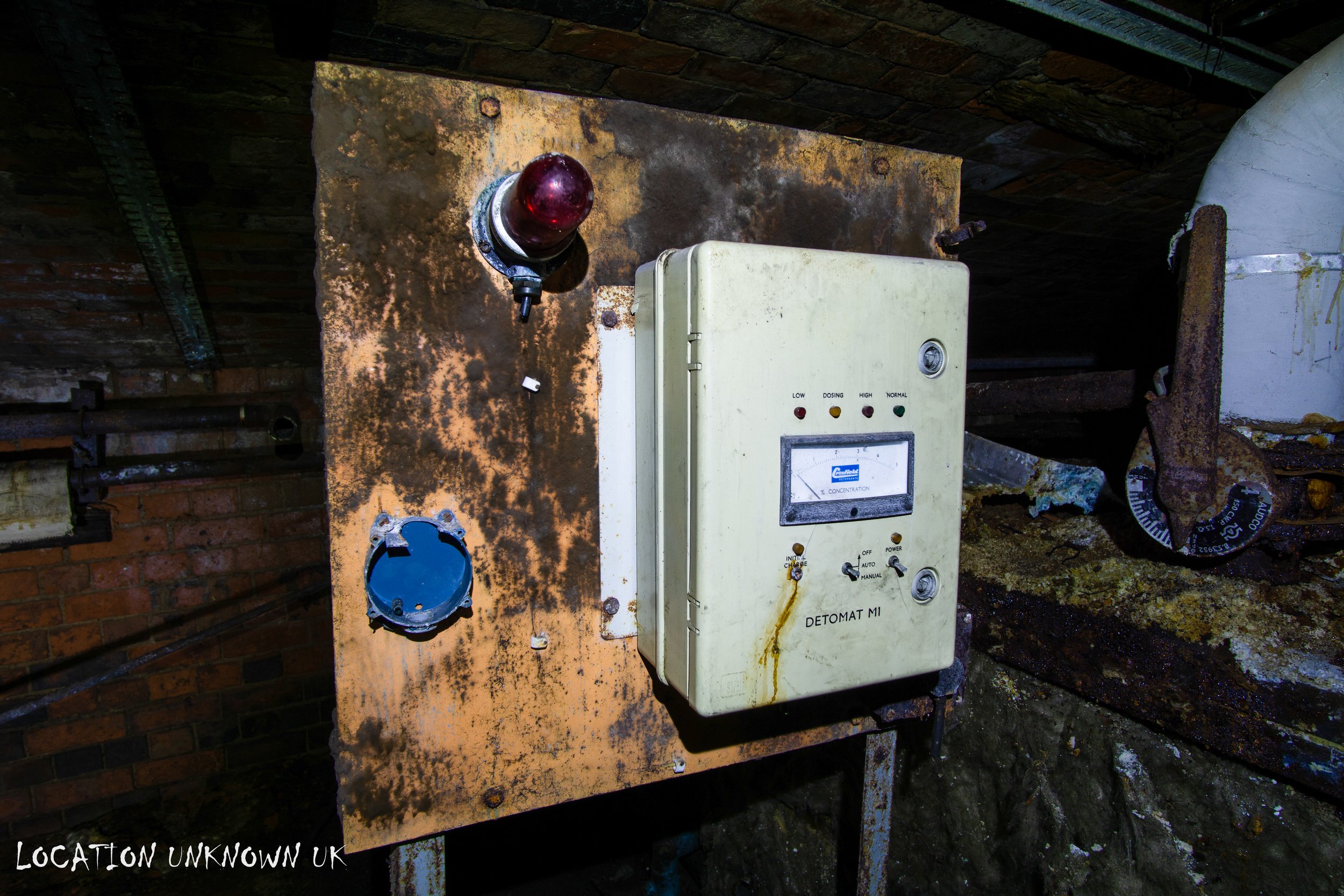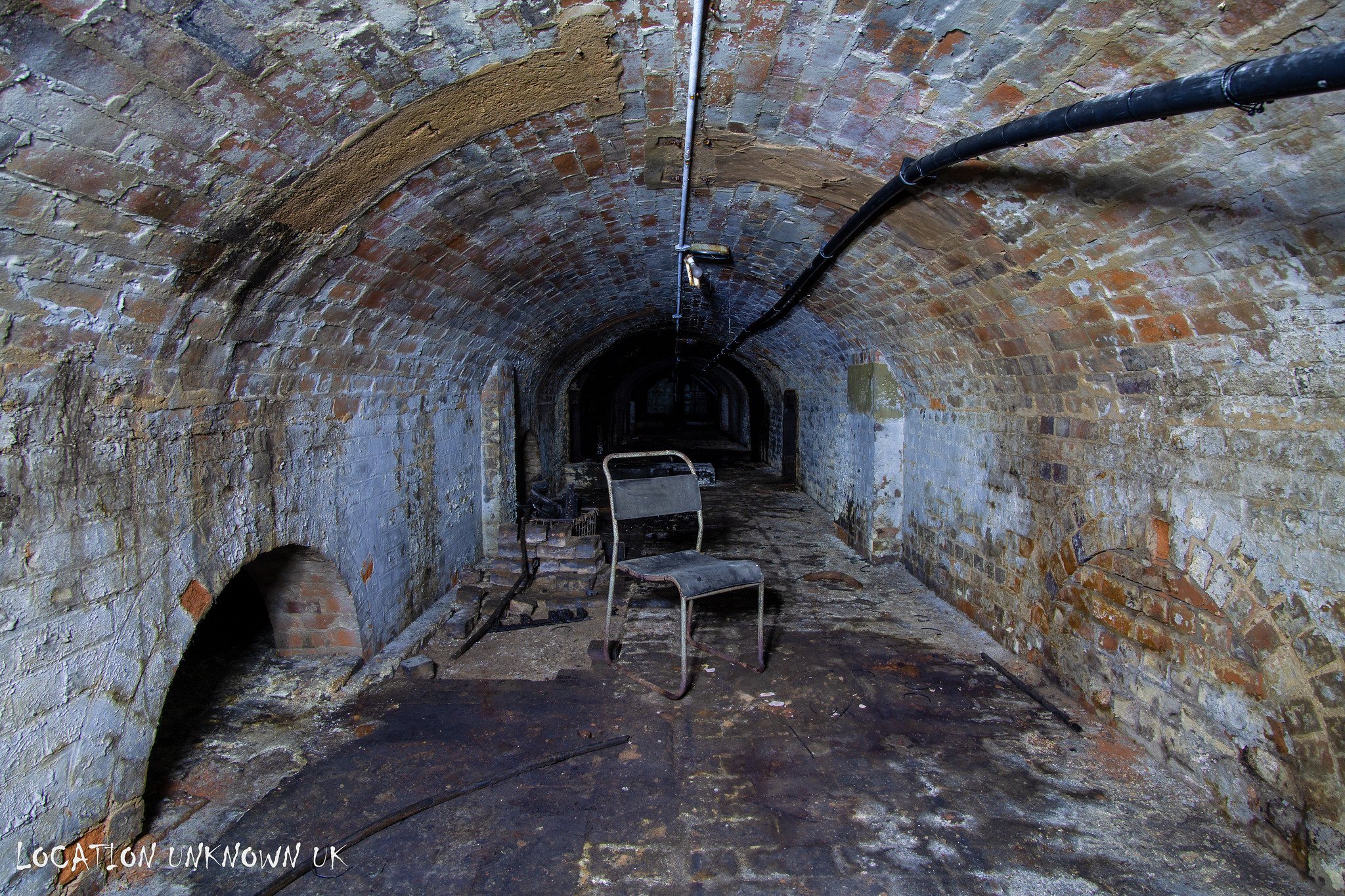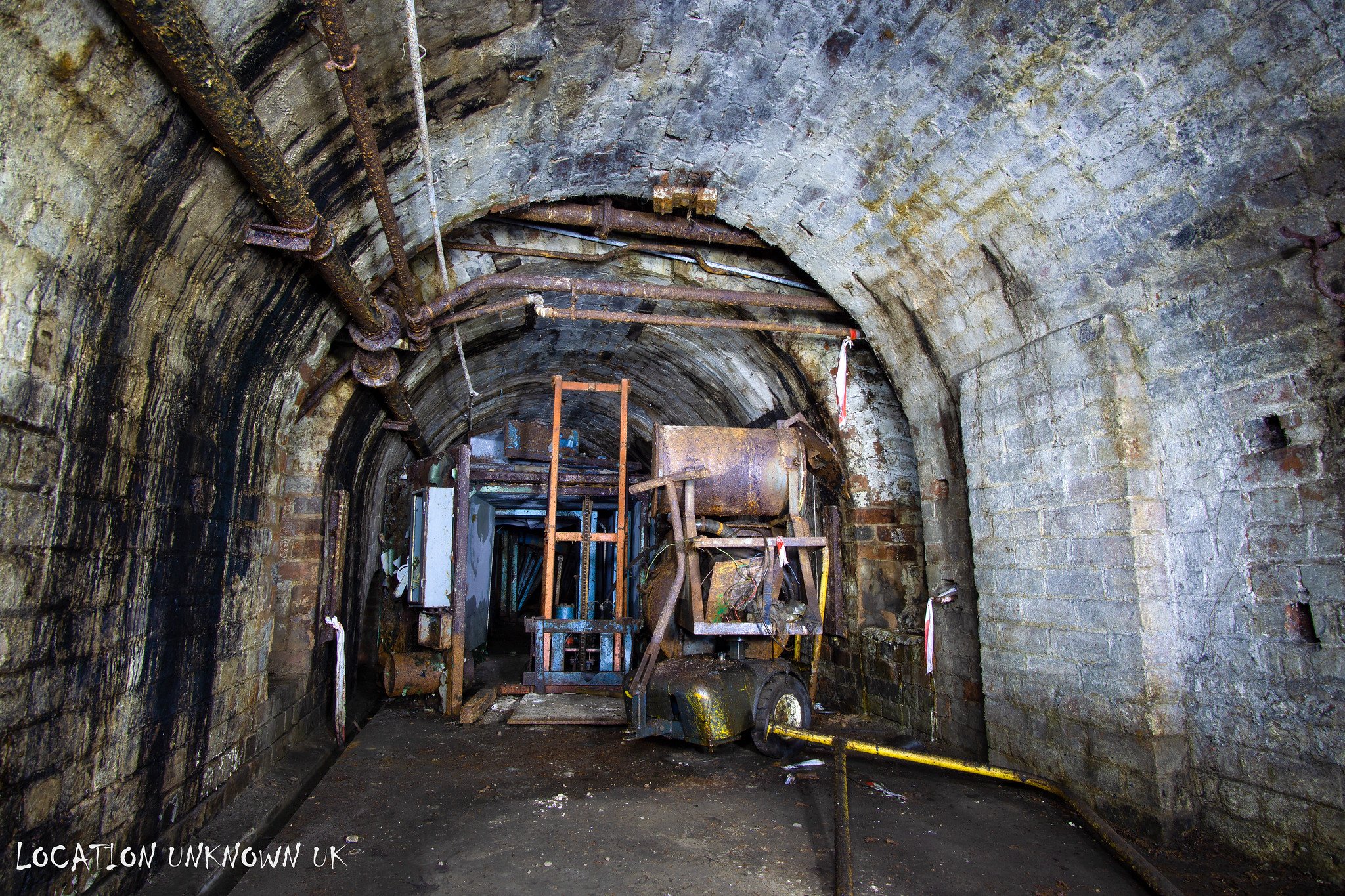GKN Smethwick - Birmingham
It took a while for us to figure this one out. We had been mooching around the adjacent building looking for supposed basement access. We happened to catch the eye of a security who was stationed at a building site opposite, he gave a quick look over and decided it wasn’t his problem. We exited and had a re think, later discovering that we had to go up before going down.
Natural light flooded the first room which instantly boosted moral after a morning of faffing around. The site had slowly been getting demolished over the years and was a fraction of what it used to be years prior. There connecting buildings seemed to span off in different directions and in this area it was unclear as to what was abandoned and what was an active business using the space as storage.
With this in mind we decided to focus on what we originally came here for, the underground factory workings. It was more vast and photogenic than I first thought with remnants of its past use still present.
History
“The extensive underground network of the GKN Shadow Factory tunnels is described as expansive basements lined with thick, sticky oil and countless small storage rooms filled with old materials, hinting at the site's rich industrial history. This history began in 1854 when J.S. Nettlefold, a local screw manufacturer, revolutionised his industry by incorporating automated machinery from America. Alongside his brother-in-law, Joseph Chamberlain, he established the Heath Street Works in Smethwick. The factory quickly became a dominant player in the market, a success story that led to its expansion. By the mid-1860s, under the firm name Nettlefold & Chamberlain, and later Nettlefolds Ltd dominated the market. Joseph Chamberlain played a crucial role in the firm's early commercial success and became a partner in 1869 before leaving the business in 1874 to enter politics. In 1880, transitioning into a limited company marked a significant growth phase as Nettlefolds acquired Birmingham Screw Co which had established St George's Works in 1868. This new acquisition nearly matched the scale of the Heath Street Works and sat directly across on the opposite bank of the Birmingham Canal. The company continued to expand by acquiring additional premises, such as the Imperial Mills, and enhancing their manufacturing capabilities to include nuts, bolts, wire-drawing, bar shops, and nail-making. Despite some fluctuations in profit towards the end of the 19th century, in 1902, Nettlefolds merged with Guest, Keen & Co, forming Guest Keen & Nettlefolds Ltd. By World War I, the company emerged as a major industrial force, producing over half the screws and about a quarter of the nuts and bolts in the country. The merger not only solidified its status as the largest employer in Smethwick but also facilitated an expansion into various subsidiaries. By the late 1960s, the headquarters of Guest Keen & Nettlefolds Ltd, then an investment company, were part of the 50-acre Heath Street Works complex, managed by G.K.N. Screws and Fasteners Ltd. Employing approximately 4,500 people. G.K.N. had expanded its influence with several other subsidiaries in Smethwick, including G.K.N. Distributors Ltd., G.K.N. Group Services Ltd., G.K.N. Reinforcements Ltd., and G.K.N. Fasteners Corrosion Laboratory. Additionally, Smethwick Drop Forgings Ltd., acquired in 1963, was operated as a subsidiary of G.K.N. Forgings Ltd. This rich industrial legacy is palpably felt when walking through the now quiet and eerie tunnels that once bustled as part of a thriving industrial complex, serving as a vivid reminder of Birmingham's manufacturing prowess”.
